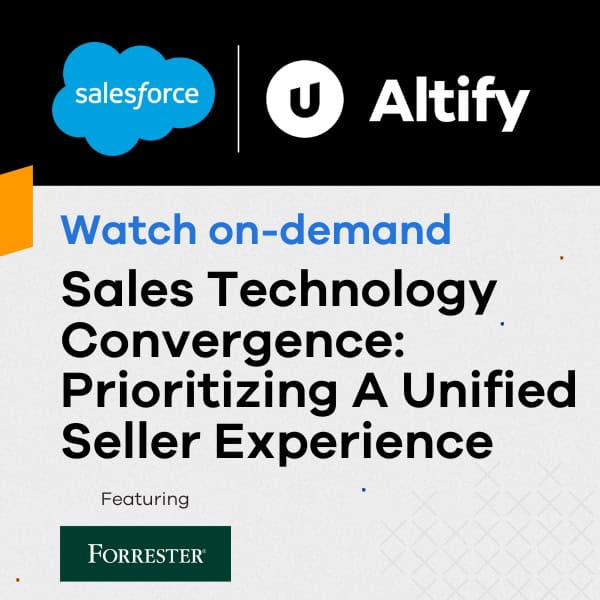I read a blog post from the CEO of one the leading brand names in sales training and it bothered me greatly. If this is representative of what is being taught in sales training classes today it is not only worrisome, but plainly wrong on a number of counts.
The post talks about the frustration that a sales person may experience when the Economic Buyer – a truly outdated concept, in my opinion – supports the sales person’s solution but can’t proceed because his team wants to go in a different direction. The post goes on to suggest a framework to “put the power of the decision into the hands of the leader.”
This is dangerous advice.
The world where ‘top down’ decisions rule has changed, and rightly so. Finally, there is a recognition (among the enlightened) that unless any initiative has the support of those who will implement the initiative and be most impacted – then the initiative will fail. There is great research from the Sales Executive Council that not only supports this, but also recommends that consensus driven selling is far more effective that the archaic relationship-based top-down approach. This advice is based on deep research – not just opinion.
But ‘putting the power of the decision into the hands of the leader’ is not the worst part of this blog post – not by a long way.
The proposed framework in the post suggests an evaluation platform to ‘create some structure’ and provides some examples:
- They have a good understanding of our business
- They have experience in our industry
- They have a successful track record with their solutions
- 4. Their solution is non-disruptive (the highlighting is mine)
- They listen well and tailored the solution to our requirements
- They have the expertise to provide a lot of additional value
What on earth is number 4 doing here? The rest are fine, but are way too generic to have any deep value. These are basic table steaks. But number 4 is a stick out – and suggests to me that the writer of the post must be deeply concerned about disruptive solutions disrupting his own business, and is running scared, while trying to ‘keep things the way they always were’.
There is a long list of companies who have brought disruptive solutions to the market and have delivered benefit to the customer that is orders of magnitude greater than the traditional worn-out approaches. If the old way worked, there would be no need or opportunity for the disruption.
Examples: Salesforce.com, Google, RIM, Wikipedia, Expedia, Workday, Successfactors, Southwest Airlines, Uber, and, of course, Apple. Each of these delivered more value to the customer than the traditional approach they replaced – precisely because they were disruptive. And, the opportunity was there to exploit because the traditional approach was worn-out or flawed.
But when you think about the business of the sales trainer who posited the value of non-disruption, the crime runs even deeper.
I have long argued that sales training, as an event, is a waste of money. For any sales effectiveness initiative to be successful, it has to disrupt the status-quo. You should be looking to change how you do business. Event based sales training without a focus on behavior change and disruption to the status quo, and a mechanism to support such activity, is fruitless, and unfortunately has been the norm in the industry for a very long time. This alone could explain why 87% of the investment is wasted. Yes, it is true. On average 87% of the recipients of sales training no longer practice what they learned just 30 days after the sales training event.
Now, I am entirely biased. When I first got involved with this industry I came from the wonderfully unencumbered position of total ignorance. I did not have the shackles of ‘how it was always done’. So, we had the freedom to design a new way, one that would disrupt the traditional approach to deliver long-term sustainable value to the customer – and that was the genesis of the idea that delivered Dealmaker.
I’m glad to say that our disruptive approach works. According to Aberdeen, our customers achieve 21% greater quota attainment than all others. But that is an example of the value of well-crafted disruption. Investments in sales training without disruption to the status quo are entirely without merit – and so it is with most business initiatives.
You must embrace change to change. It is as simple as that.
Now, should I call out the CEO and ask him to respond – or let him continue to advise young sales people that disruption is bad? What do you think?


